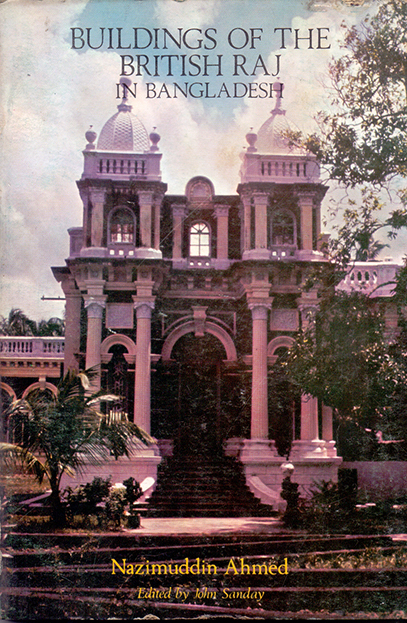
- Shop
- Buildings of the British Raj in Bangladesh

Breaking the Chains: Collective Action for Social Justice Among the Rural Poor of Bangladesh
96.00 ৳
120.00 ৳ (20% OFF)
Community Partnership for Sustainable Water Management: Experience of the BWDB Systems Rehabitation Project: Institutional Developement Impacts. Volume (1-6)
1,760.00 ৳
2,200.00 ৳ (20% OFF)Buildings of the British Raj in Bangladesh
https://uplbooks.com/shop/9789840510917-buildings-of-the-british-raj-in-bangladesh-2969 https://uplbooks.com/web/image/product.template/2969/image_1920?unique=337f592
| Language: English |
Tags :
Book Info
The British period was not only one during which the British alone were responsible for constructions but also one during which magnificent palaces were built by local ruling class, in a style unique to Bengal. Although most of the grand monuments of the British period are located in and around Calcutta - the Job Charnock's factory-city established in 1692 that eventually occupied a premier position as the British capital of India between 1773 and 1912 - the building remains of the period in Bangladesh are no less significant, if only less grandiose in scale. The author has, in this book, endeavoured to follow the evolution of a European Renaissance style planted on its soil, on the basis of his field study of selected groups of monuments. Along with a number of photographs and coloured plates, the book also presents a study of the syncretic trend in the building art of the early 20th century when the fading Mughal style was fused with the European Renaissance. It covers in brief an account of old churches, British political and economic settlements, some magnificent palaces built by the local feudal nobles, Indigo-kuthis, and a few bridges. This is an excellent book, equally fascinating to the specialist as to the general reader with an interest in Bangladesh or in old buildings.

Nazimuddin Ahmed
Nazimuddin Ahmed is an eminent archeologist of the country and has published a number of books and papers on the subject in local and foreign journals. His recent publication include: Islamic Heritage of Bangladesh, Discover the Monuments of Bangladesh, and Buildings of the British Raj in Bangladesh.


